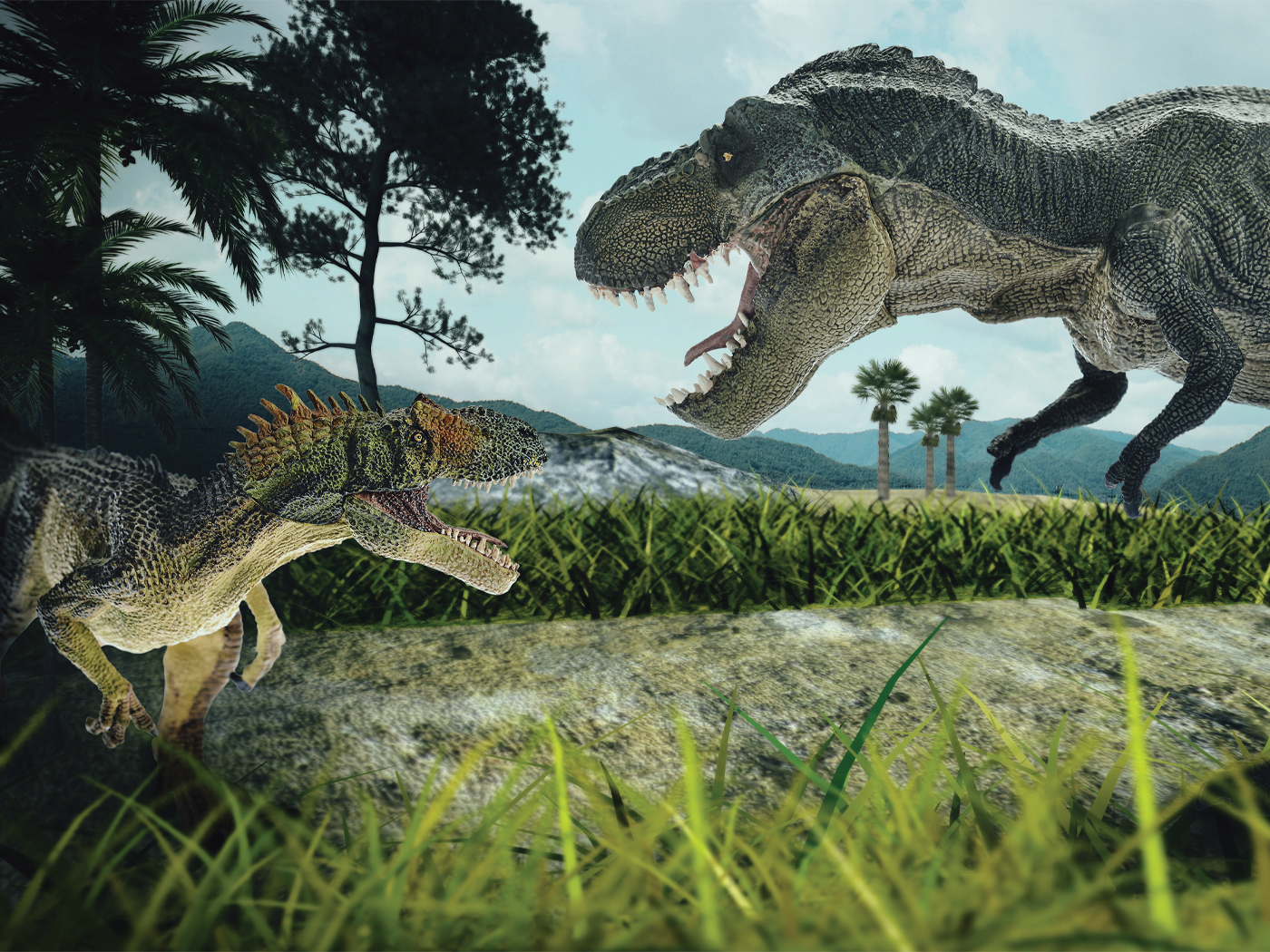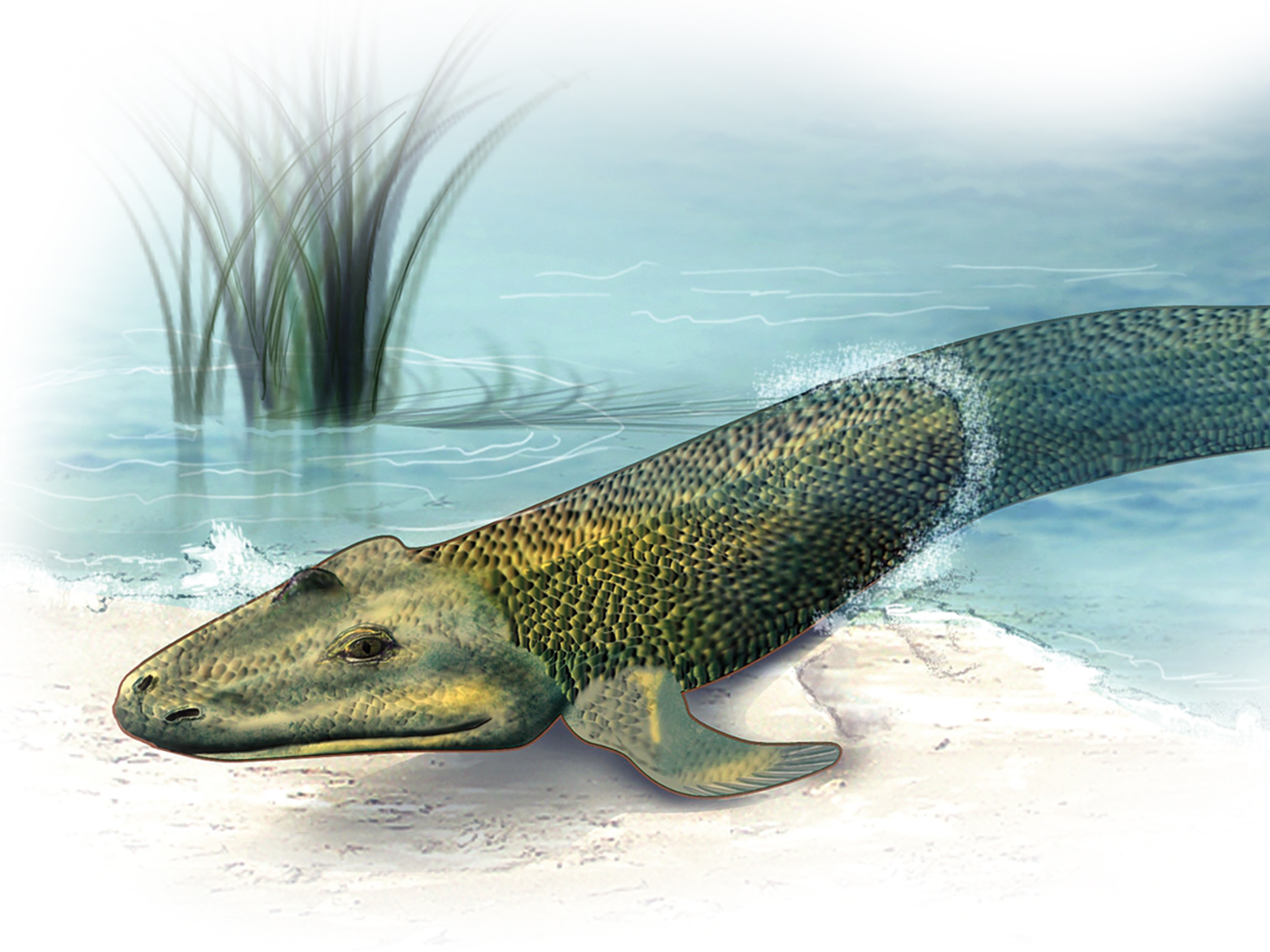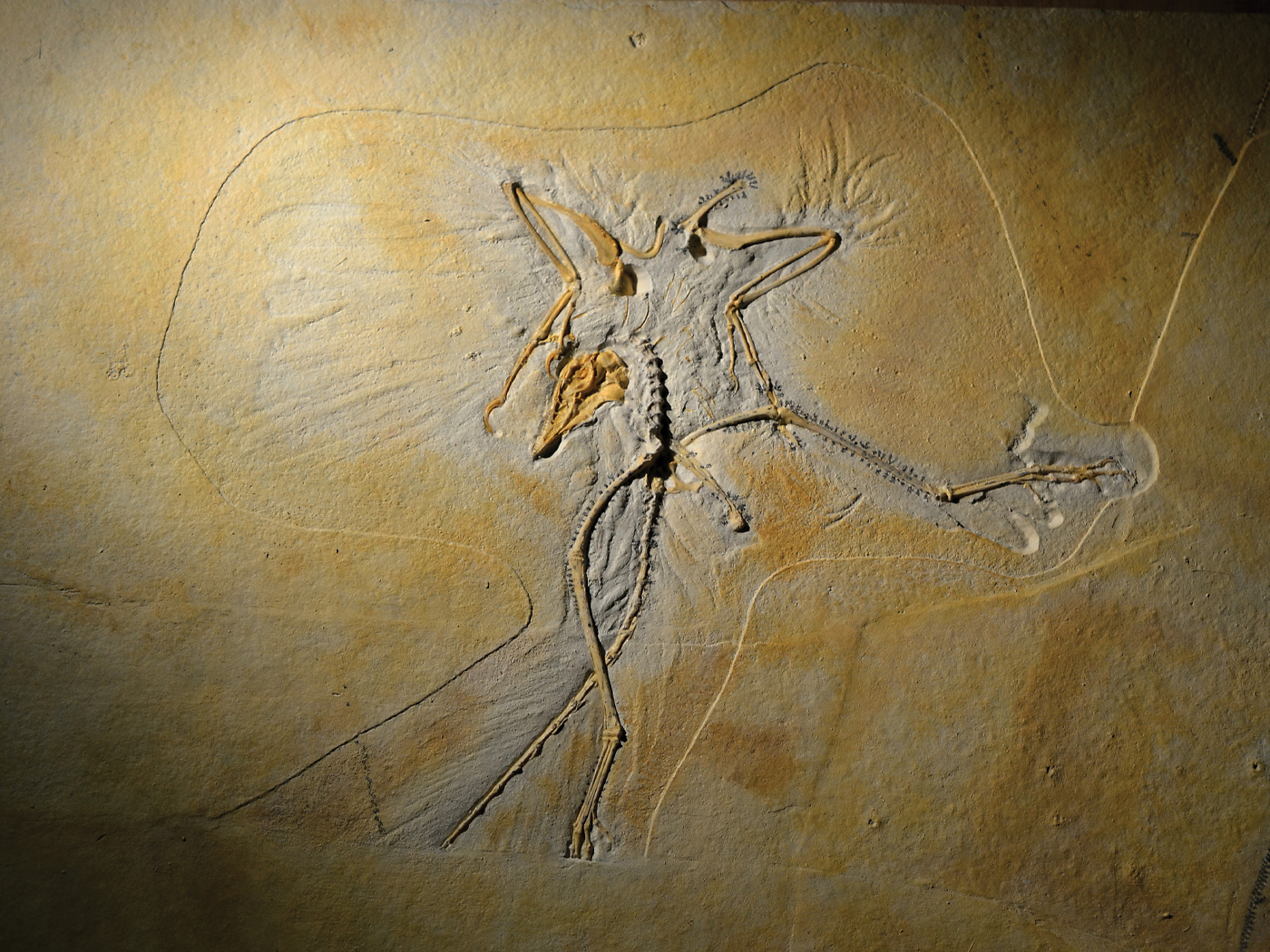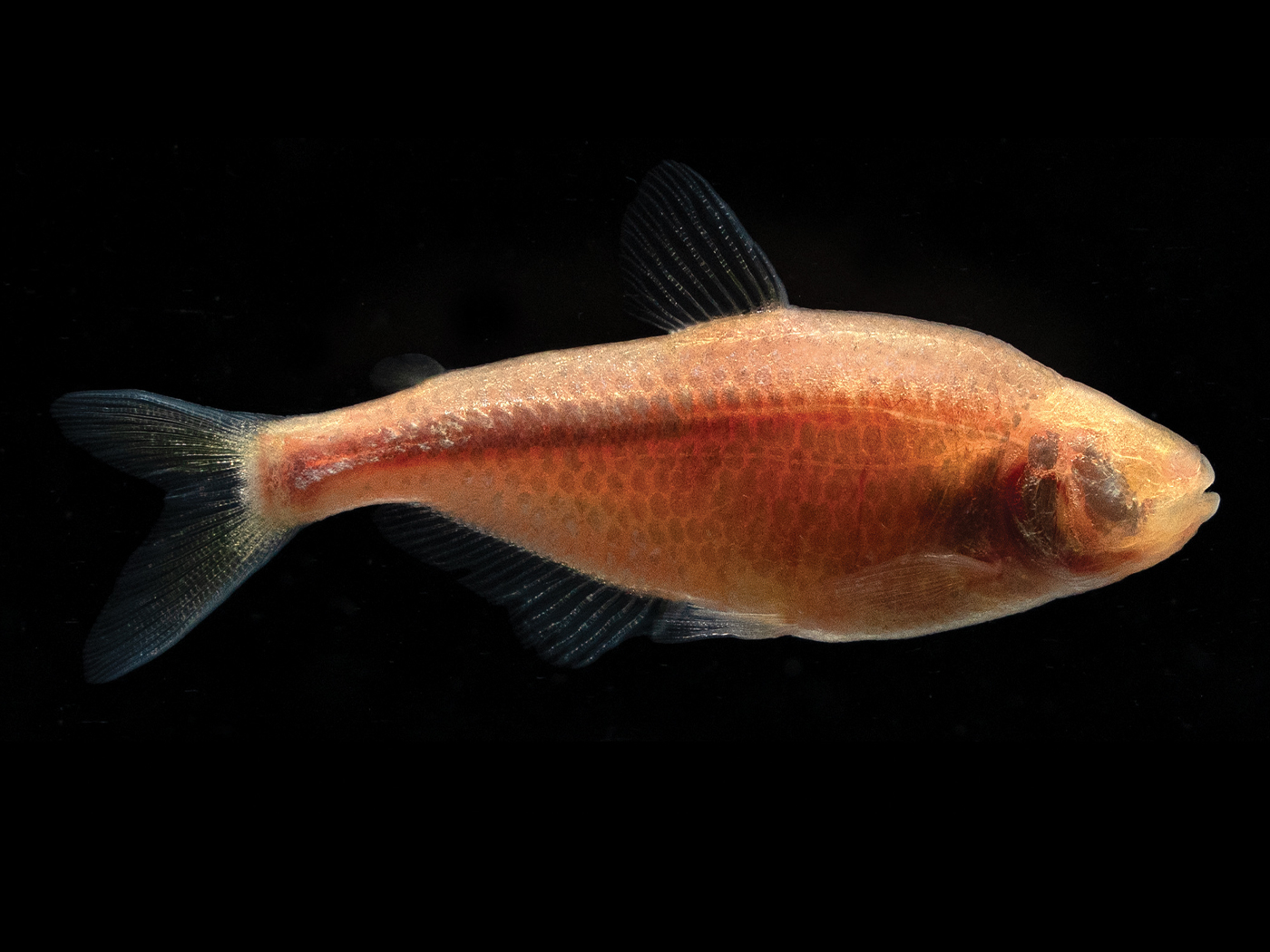Genesis 2:9 records one of the Lord's original intentions for creating trees, saying, "Out of the ground the LORD God made every tree grow that is pleasant to the sight and good for food. The tree of life was also in the midst of the garden, and the tree of the knowledge of good and evil." A new study has quantified just how pleasant to the sight trees can be, inadvertently confirming the truthfulness of this ancient biblical passage.
Professor William Sullivan and lecturer Bin Jiang of the University of Illinois' department of landscape architecture measured stress levels in participants who watched six-minute-long 3D panoramic videos of neighborhoods. The amount of tree canopy coverage in the various neighborhoods ranged from 2 to 62 percent.1
The researchers used three tactics to gauge stress: measuring salivary cortisol levels, detecting skin conductance, and conducting self-reports. Adrenal glands secrete cortisol hormone in response to stress, and sweaty skin—another response to stress—conducts electricity more efficiently than dry skin.
Their analysis revealed that those participants exposed to 62 percent tree coverage experienced a 60 percent reduction in stress.
Their results also showed that 41 percent of participants showed no change in stress levels when only a quarter or less of the neighborhood canopies had trees. However, according to University of Illinois news, "when the percentage of tree canopy increased to 36 percent, more than 90 percent of viewers reported feeling calm or relaxed while watching the videos."1
These findings support the idea that urban planners and landscape architects who incorporate green spaces into their plans could help foster a healthier, calmer populace.
How could the calming sense of pleasure that comes from looking at trees have evolved? Did it somehow help mankind outcompete some ancient and unfeeling animals from which we supposedly emerged?
Rather, God built trees to meet humanity's God-given ability to appreciate them and thus their Maker. What better disposition from which to appreciate the Lord than one of simple pleasure? Viewed from a biblical perspective, the positive effect of merely looking at tree canopies confirms the words of Genesis that God made certain trees—not just the tree of the knowledge of good and evil—to be pleasant to the eyes.
References
- Forrest, S. Watching 3-D videos of trees helps people recover from stress, researchers say. News Bureau, University of Illinois. Posted on news.illinois.edu October 21, 2014, accessed November 4, 2014.
* Mr. Thomas is Science Writer at the Institute for Creation Research.
Article posted on November 17, 2014.













